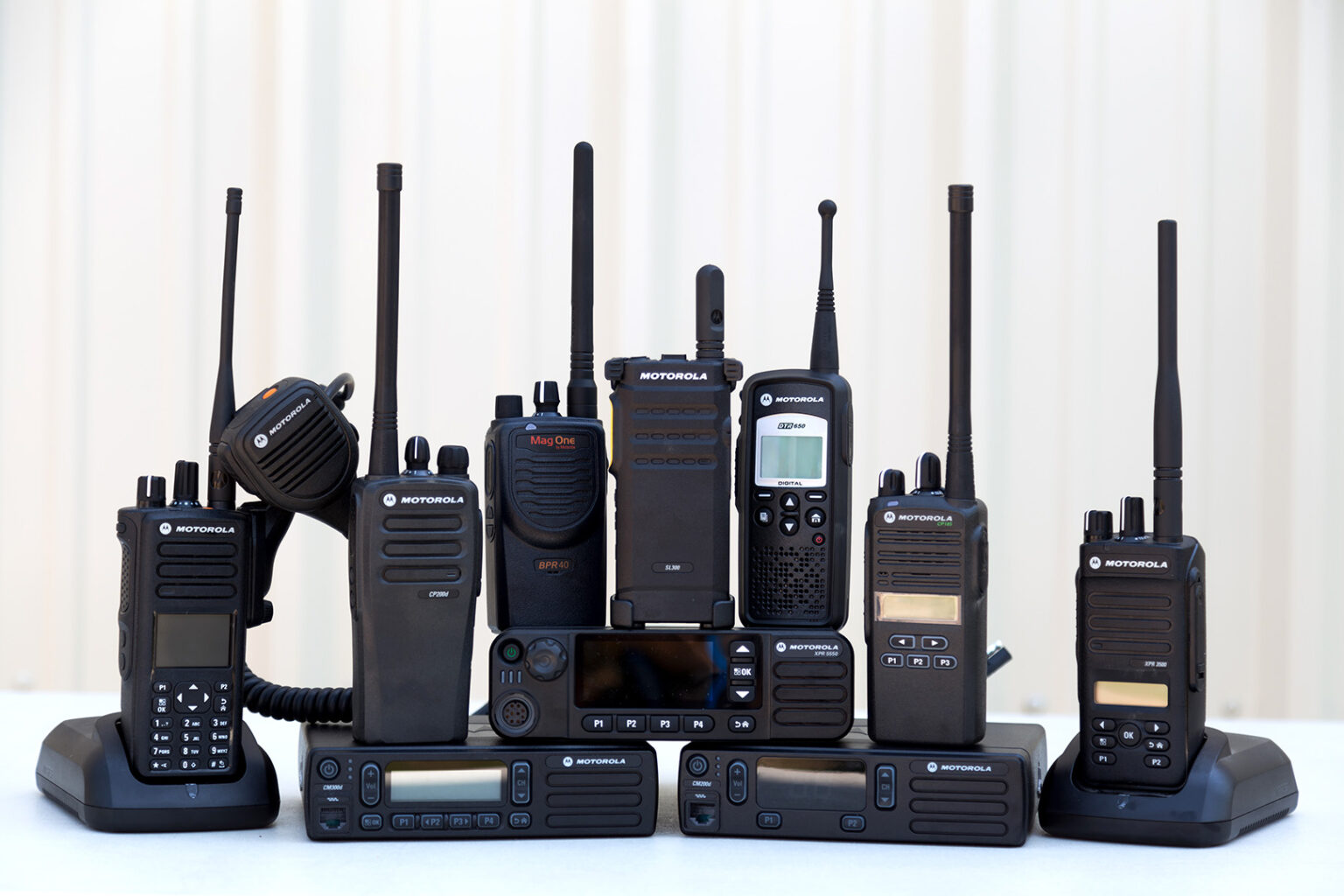Table of Contents
Communication radios play an integral role in modern society, enabling reliable, efficient, and secure transmission of information across various sectors. From military operations to emergency response, and even everyday recreational activities, Communication Radios have evolved significantly, embracing cutting-edge technologies to meet diverse needs.
Types of Communication Radios
Two-Way Radios
Two-way radios, commonly known as walkie-talkies, are perhaps the most recognizable form of communication radios. They are portable, handheld devices that allow users to communicate over short distances. Two-way radios are widely used in settings such as construction sites, events management, and recreational activities like hiking and camping. These radios operate on specific frequencies and can be either licensed or unlicensed, depending on their power and range.
Amateur (Ham) Radios
Amateur radios, or ham radios, are used by licensed operators for non-commercial exchange of messages, self-training, and emergency communication. Ham radio enthusiasts, known as “hams,” often experiment with radio technology and participate in competitions and public service events. Ham radios can communicate over much longer distances compared to two-way radios, making them valuable during disasters when other communication networks might fail.
Marine Radios
Marine radios are essential for communication on water. These radios operate on very high frequency (VHF) and medium frequency (MF) bands, ensuring reliable communication between ships, boats, and coastal stations. They are crucial for navigation, weather updates, and emergency situations at sea. Marine radios are typically waterproof and designed to withstand harsh marine environments.
Airband Radios
Airband radios are used in aviation for communication between aircraft and ground stations. They operate on frequencies designated by the International Civil Aviation Organization (ICAO) and are vital for ensuring safe and efficient air traffic management. Airband radios facilitate communication between pilots, air traffic controllers, and other aviation personnel, providing critical information on flight operations, weather conditions, and navigational aids.
Technological Advancements
Digital Radios
Digital radios represent a significant advancement over traditional analog radios. They offer improved sound quality, enhanced privacy, and more efficient use of the radio spectrum. Digital Mobile Radio (DMR) and Project 25 (P25) are popular digital radio standards used by public safety organizations and commercial industries. Digital radios also support features like text messaging, GPS location tracking, and remote programming.
Software-Defined Radios (SDR)
Software-defined radios (SDR) use software to control radio functions, allowing greater flexibility and adaptability. With SDR, a single hardware device can support multiple radio protocols and frequencies, making it a versatile solution for various communication needs. SDR technology is widely used in military applications, research, and hobbyist communities due to its ability to easily upgrade and modify radio capabilities through software updates.
Trunked Radio Systems
Trunked radio systems efficiently manage communication channels among a large group of users. Instead of each user having a dedicated frequency, trunked systems dynamically allocate available channels based on demand. This ensures optimal use of the radio spectrum and reduces interference. Trunked systems are commonly used by public safety agencies, utility companies, and large organizations that require reliable, large-scale communication networks.
Applications of Communication Radios
Public Safety and Emergency Services
Communication radios are indispensable tools for public safety and emergency services. Police, fire departments, and medical responders rely on radios for real-time communication during emergencies. Radios enable coordinated responses, ensuring timely assistance and minimizing risks to both responders and the public.
Industrial and Commercial Use
In industrial and commercial settings, communication radios enhance operational efficiency and safety. Industries such as manufacturing, construction, and logistics use radios to coordinate tasks, monitor operations, and respond to incidents. Radios provide instant communication, reducing downtime and improving productivity.
Recreational Activities
Communication radios also play a vital role in recreational activities. Outdoor enthusiasts, such as hikers, campers, and hunters, use radios to stay connected in remote areas where mobile phone coverage is unreliable. Radios offer a lifeline for safety and coordination, ensuring enjoyable and secure experiences.
Conclusion
Communication radios have come a long way, evolving from simple analog devices to sophisticated digital systems. Their versatility, reliability, and adaptability make them essential tools across various domains. As technology continues to advance, communication radios will undoubtedly remain at the forefront of ensuring effective communication in both everyday life and critical situations. Whether for public safety, industrial use, or recreation, communication radios are indispensable in connecting people and enhancing operational efficiency.
For More Information Please Visit These Websites Viprow And Vecteezy

